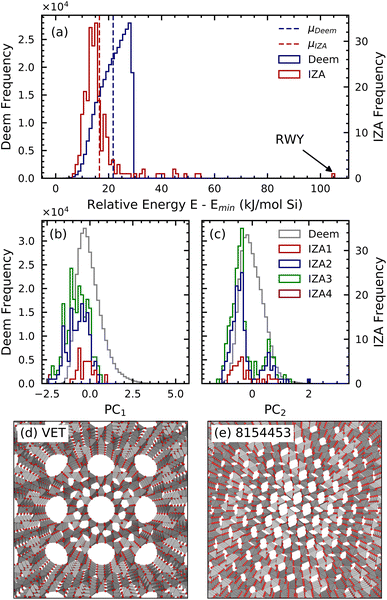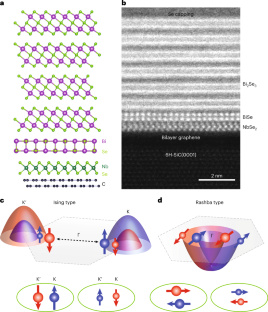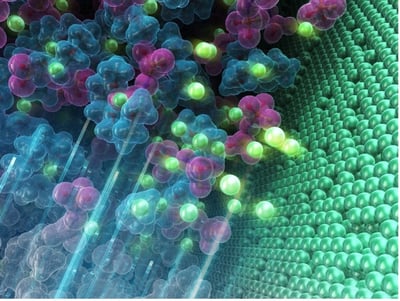2022-10-27 マサチューセッツ大学アマースト校
共同研究者達は、人工知能と機械学習を使って、既に合成されている255のゼオライトと30万以上の仮説的な枠組み構造を識別する「ソーティングハット」と呼ばれるアルゴリズムを開発している。その結果、実際のゼオライトに非常によく似た仮想ゼオライトの短いリストを作成し、ソーティングハットによって実際の材料として「誤分類」され、実際の合成に適した候補となったのだ。
研究者達は、合成時に安定化させる可能性など、追加の基準で結果をフィルタリングした後、3つの有力な合成候補を提案した。また、この分析では、実際のゼオライトを4つの組成クラスまたは「ハウス」に分類した。このハウス分けによって、研究者たちは、仮説のゼオライトをつくるために実験室で追求すべき化学組成を提案することができ、まるで合成のレシピのようになった。
<関連情報>
- https://www.umass.edu/news/article/auerbach-and-team-use-artificial-intelligence-rank-synthesizability-materials-show
- https://pubs.rsc.org/en/content/articlelanding/2022/dd/d2dd00056c
ソーティングハットを用いた仮想ゼオライトの合成可能性のランク付け Ranking the synthesizability of hypothetical zeolites with the sorting hat
Benjamin A. Helfrecht, Giovanni Pireddu, Rocio Semino, Scott M. Auerbach and Michele Ceriotti
Digital Discovery Published:12 Oct 2022
DOI:https://doi.org/10.1039/D2DD00056C

Abstract
Zeolites are nanoporous alumino-silicate frameworks widely used as catalysts and adsorbents. Even though millions of siliceous networks can be generated by computer-aided searches, no new hypothetical framework has yet been synthesized. The needle-in-a-haystack problem of finding promising candidates among large databases of predicted structures has intrigued materials scientists for decades; yet, most work to date on the zeolite problem has been limited to intuitive structural descriptors. Here, we tackle this problem through a rigorous data science scheme—the “Zeolite Sorting Hat”—that exploits interatomic correlations to discriminate between real and hypothetical zeolites and to partition real zeolites into compositional classes that guide synthetic strategies for a given hypothetical framework. We find that, regardless of the structural descriptor used by the Zeolite Sorting Hat, there remain hypothetical frameworks that are incorrectly classified as real ones, suggesting that they might be good candidates for synthesis. We seek to minimize the number of such misclassified frameworks by using as complete a structural descriptor as possible, thus focusing on truly viable synthetic targets, while discovering structural features that distinguish real and hypothetical frameworks as an output of the Zeolite Sorting Hat. Further ranking of the candidates can be achieved based on thermodynamic stability and/or their suitability for the desired applications. Based on this workflow, we propose three hypothetical frameworks differing in their molar volume range as the top targets for synthesis, each with a composition suggested by the Zeolite Sorting Hat. Finally, we analyze the behavior of the Zeolite Sorting Hat with a hierarchy of structural descriptors including intuitive descriptors reported in previous studies, finding that intuitive descriptors produce significantly more misclassified hypothetical frameworks, and that more rigorous interatomic correlations point to second-neighbor Si–O distances around 3.2–3.4 Å as the key discriminatory factor.



